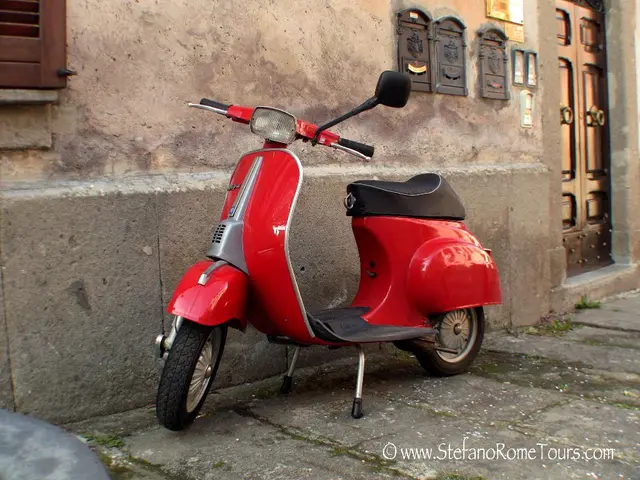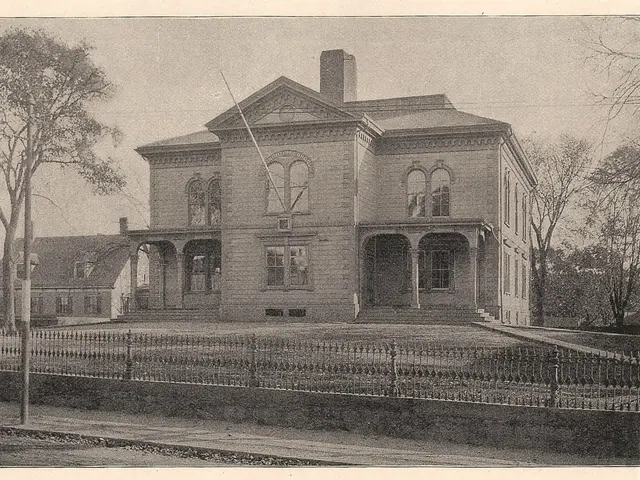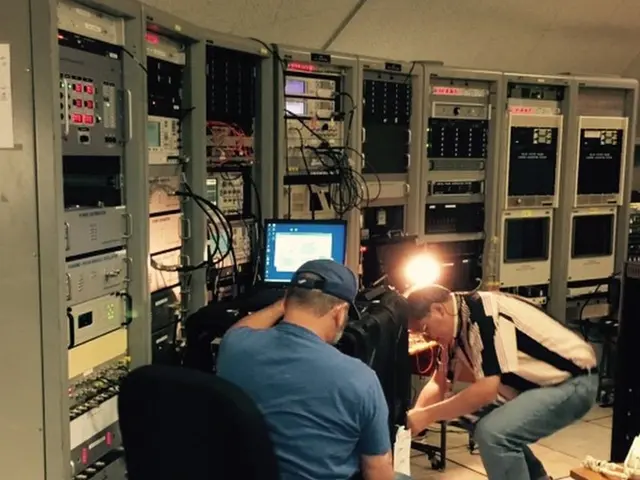Examining Frame Rates: Selecting Between 24, 30, or 60 Frames Per Second
In the world of cinematography, the pursuit of capturing smooth and dynamic footage has never been more achievable with the latest high-end cameras on the market.
The RED Digital Cinema V-RAPTOR XL, a standout in the industry, boasts a remarkable capability of recording 4k video at an astounding 240fps. This high frame rate allows for 8x slow motion, offering a unique and captivating visual experience.
Joining the V-RAPTOR XL in this league of advanced video capabilities are the Fujifilm X-H2S, Canon EOS C50, Nikon Z 9, and OM System OM-1. These cameras, equipped with APS-C or full-frame sensors, also offer 4K video recording at 120fps, a frame rate that can be slowed down to 25% for 4x slow motion, perfect for capturing very fast-moving action.
Frame rate, the number of frames shown in a given time frame, plays a crucial role in the smoothness of video. A higher frame rate, such as 120fps, results in less variation between frames, leading to smoother motion. Conversely, a lower frame rate like 30fps, while widely used across video, TV, and social media, offers a slightly different look. The standard frame rate for cinematic movies, videos, and some TV shows remains at 24fps, preferred for its cinematic look and feel.
However, high frame rates at higher resolutions require a faster memory card, and it's important to note that most screens cannot display 240fps footage.
To achieve slow motion, a faster frame rate is used, and the footage is subsequently slowed down in post-processing. Some cameras, like the Sony FX3, offer an affordable Cine camera that shoots 4k and 120fps, while others, such as the V-RAPTOR XL, can slow down the footage in-camera, eliminating the need for post-production software.
For the best results, it's recommended to use a shutter speed equal to 1/frame rate x 2. This ensures a balanced exposure and motion in the footage.
Landscape photographer and outdoor enthusiast Austin James Jackson, based out of Portland, Oregon, is one of many professionals who have embraced these high-end cameras to enhance the cinematic experience for their viewers. Using a higher frame rate can offer a specific look or feel to a video, making it more engaging and immersive.
In conclusion, the latest high-end cameras are revolutionising the way we capture and perceive video, offering unprecedented control over motion and slow motion footage. Whether you're a professional filmmaker or an avid enthusiast, these advanced cameras are opening new possibilities for creative storytelling and visual experiences.








